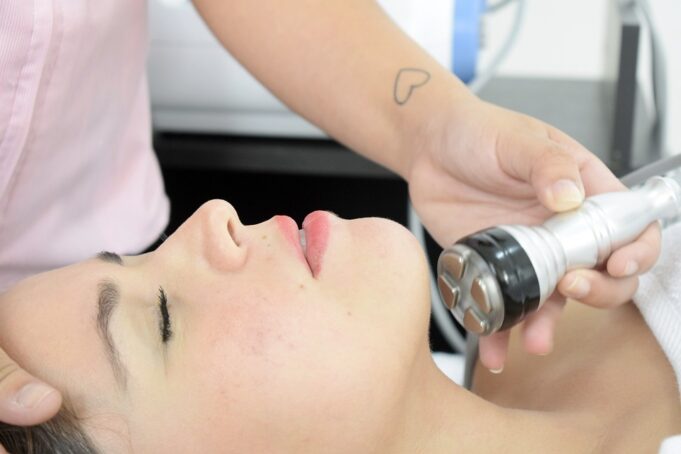False Positive Mammograms Linked to Higher Breast Cancer Risk in Women
A recent study has found that women who experience false positive mammograms may have a higher risk of developing breast cancer later on. This finding is significant because it sheds light on the potential risks associated with routine mammography screenings.
The study, published in JAMA Internal Medicine, followed over 2 million women between the ages of 40 and 74 for an average of 10 years. The researchers found that those who had experienced a false positive result were more likely to be diagnosed with breast cancer within the following decade.
What is a False Positive Mammogram?
A mammogram is an X-ray image of the breast tissue used to detect any abnormalities or changes in the tissue. A false positive occurs when a mammogram detects something suspicious but further testing shows no signs of cancer.
According to Dr. Otis Brawley, chief medical officer at the American Cancer Society, up to one-third of all screening mammograms can result in a false positive diagnosis.
While this news may sound alarming, experts say not to panic just yet. False positives are common and usually do not lead to cancer diagnoses.
However, this new research suggests that there may be some long-term effects associated with these types of results.
What Does This Mean for Women?
Women should still continue getting regular mammograms as recommended by their healthcare provider. Early detection remains key in treating breast cancer successfully.
However, if you receive a false positive result from your screening test, it’s important not to ignore it and follow up with additional testing as needed.
It’s also important for doctors and researchers alike to consider how we can improve our current screening methods so that fewer women are subject to unnecessary anxiety or stress from receiving inaccurate results while still detecting cancers early enough for effective treatment options.
Future Advances
Researchers are currently exploring alternative ways besides traditional mammography screenings such as magnetic resonance imaging (MRI) or ultrasound to detect breast cancer.
These methods may be particularly useful for women with dense breast tissue, which can make it harder to spot abnormalities on a mammogram.
Additionally, there is ongoing research into developing more personalized screening recommendations based on an individual’s risk factors. This approach could help reduce the number of false positives while still detecting cancers early enough for effective treatment options.
Conclusion
False positive mammograms are common and usually do not lead to cancer diagnoses. However, this recent study suggests that they may have some long-term effects associated with them.
It’s important for women to continue getting regular mammograms as recommended by their healthcare provider but also follow up with additional testing if they receive a false positive result.
As researchers continue exploring alternative ways besides traditional mammography screenings and personalized screening recommendations based on an individual’s risk factors, we can hope for improved methods in detecting breast cancer earlier and reducing unnecessary anxiety or stress from receiving inaccurate results.
*Note: this site does not provide medical opinions or diagnosis and should not be relied upon instead of receiving medical attention from a licensed medical professional.




